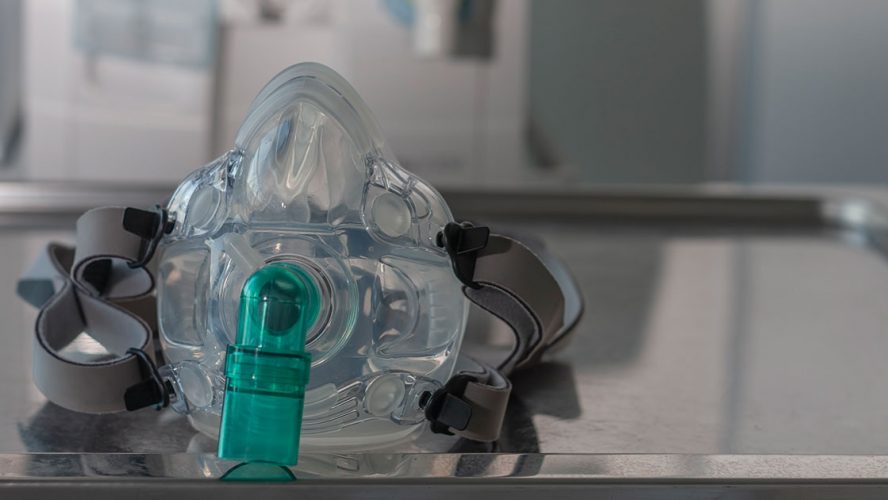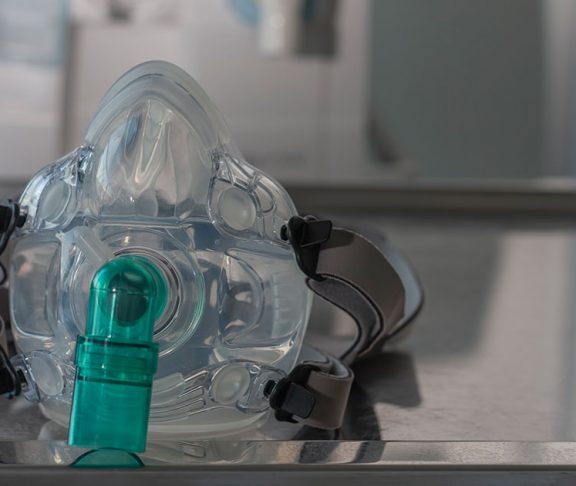For people living with diabetes, we can’t stress enough the importance of checking your feet regularly for sores or ulcerations. Diabetic foot ulcers are a growing problem in our aging population in the United States.
Over 34 million people in the United States have diabetes, and 25 percent will develop a foot ulcer. As infection sets in, this may lead to amputation. Hyperbaric oxygen therapy, commonly used in treating diabetic ulcers of lower extremities and chronic refractory osteomyelitis, provides necessary oxygenation, which is critical in limb preservation.
Diabetic foot wounds are particularly challenging to heal because of the multitude of problems diabetic patients face. Diabetic patients develop sensorimotor and autonomic neuropathy, which leads to loss of sensation and plantar foot deformities.
Raising awareness
Even though hyperbaric oxygen therapy has been used for centuries and more recently (since the 1950s) in controlled medical settings, there is a lack of awareness for this limb-saving therapy. Because of this, many patients that meet medical necessity never receive this therapy.
CūtisCare, a leader in wound care and hyperbaric management, launched HyperbaricAware.com to elevate awareness of hyperbaric oxygen therapy. Its goal is to spread national, statewide, and local awareness to benefit the people suffering from chronic wounds and diabetes; ideally prolonging lives, avoiding amputations, and reducing the cost of care to improve quality of life.
When there is an abnormally low oxygen level in the blood, that leads to poor angiogenesis, decreased growth factor synthesis, and inhibition of stem cell mobilization, all of which lead to poor wound healing. Hyperbaric oxygen therapy involves breathing pure oxygen in a pressurized environment.
Hyperbaric oxygen increases the dissolved oxygen and increases the amount of oxygenated plasma dissolved in tissue. The use of hyperbaric oxygen in treating patients has reduced the risk of major amputation.
If you or a loved one is struggling with a non-healing wound, don’t delay care. Early intervention and care will improve your healing outcomes. Visit HyperbaricAware.com to learn more about hyperbaric oxygen therapy, the benefits, and finding care.

